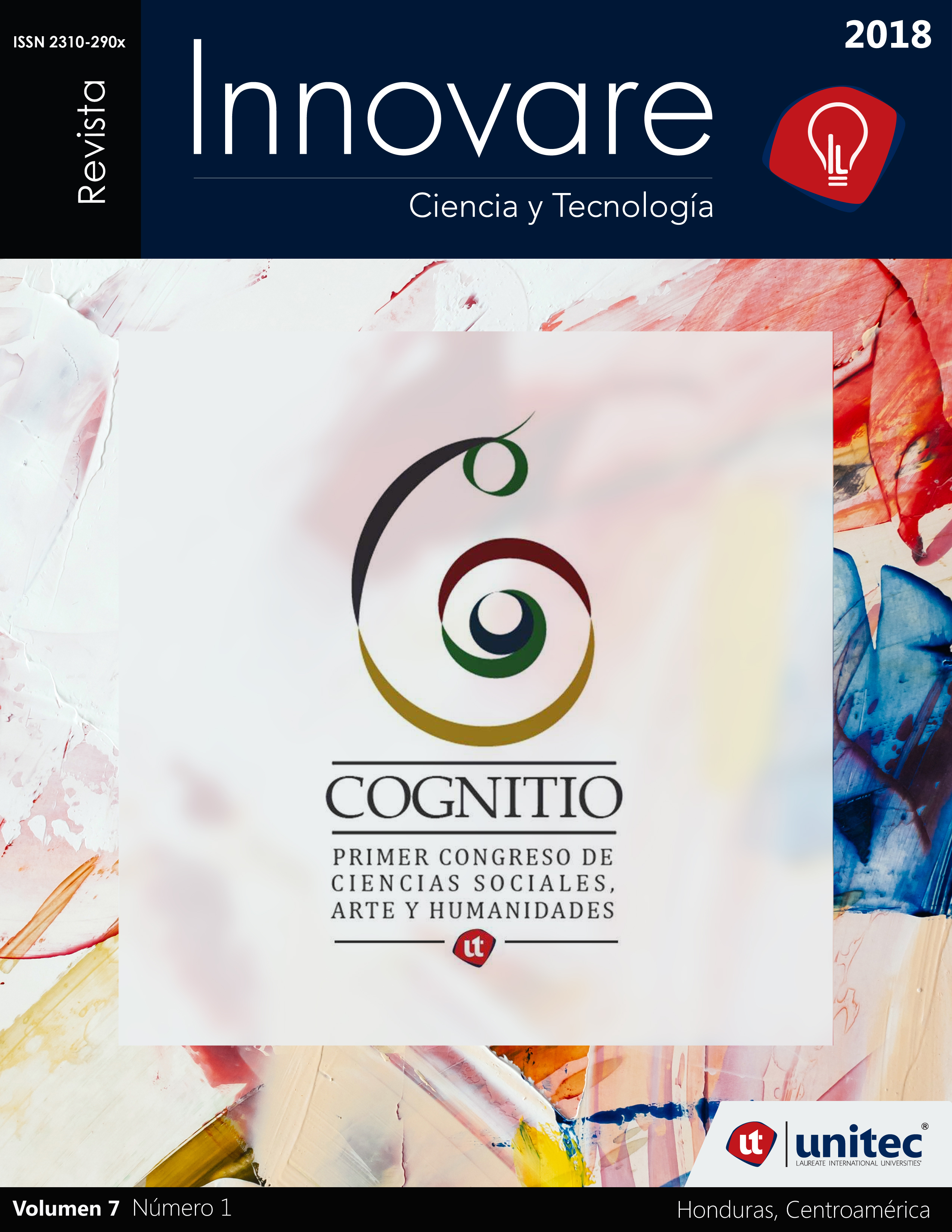La representación de la violencia en la paraliteratura hondureña de inicios del siglo XXI
DOI:
https://doi.org/10.5377/innovare.v7i1.7598Keywords:
Violence, representation, literature, paraliterature, HondurasAbstract
In the first decades of the 21st century, Honduras has been named one of the most violent countries in Latin America. The phenomenon of violence has acquired different shades and relationships: from the gang phenomenon (maras), passing through drug trade, state violence, gender violence, etc. Cultural manifestations have made strong efforts to give sense and meaning to a complex and changing landscape. Projects that have been associated to popular culture (lower culture), such as paraliterature, have been able to create cultural products of great social impact. That is, works for popular consumption, written in mass media (newspapers, blogs, comics) have contributed in a convincing way to the construction of the representation of violence in the country. Authors that use the police novel genre like Mario Berrios or CarmillaWyler, whose work is eminently commercial, contribute actively to attribute meaning to the violence in the country. On the other hand, graphic novels of ‘comics’ have also served as new communications vehicles, such is the case of Germán Andino, in this graphic novel “Transformar números en barcos piratas”.
Downloads
471




